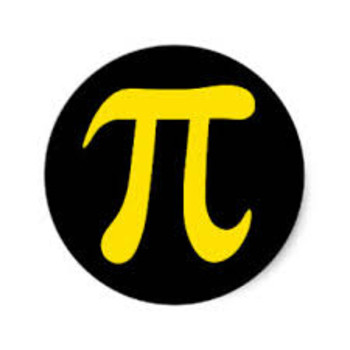As no base is given, it is assumed to be #10#
Natural logs are commonly denoted by ln.
#log(x-5) +log(x-2) =color(blue)(1)#
In an expression or equation, the terms must all be in the same form - either all logs or all numbers.
#log(x-5) +log(x-2) =color(blue)(log10)" "larr(color(blue)(log_10 10 hArr 1))#
#color(white)(xxxxxxxxxxx)#Apply the law: #" "loga + logb hArr log(ab)#
#log((x-5)(x-2)) =log10#
#color(white)(xxxxxxxxxxx)#Apply the law: #" "log a = logb hArr a=b#
#:.(x-5)(x-2) = 10color(white)(xxxxxxxxxxx)#'drop' the logs
#x^2-7x+10 = 10" "larr# solve the quadratic equation
#x^2-7x=0" "larr# factorise
#x(x-7)=0#
#x =0 or x=7#
However, #x=0# is an extraneous solution, and not valid in this equation.
#x=7#


